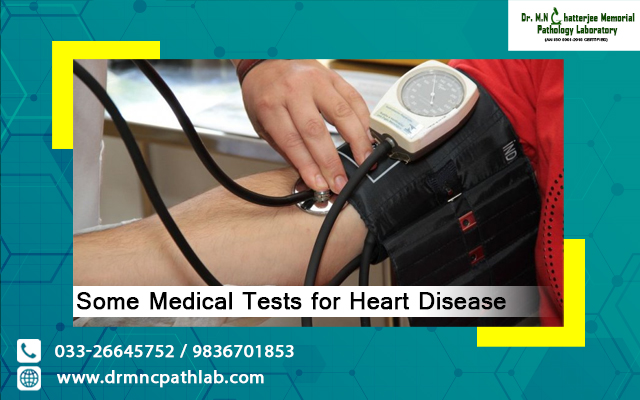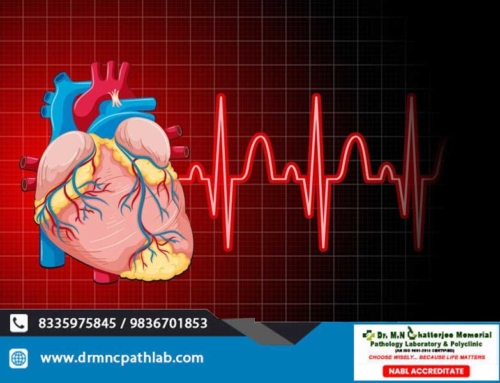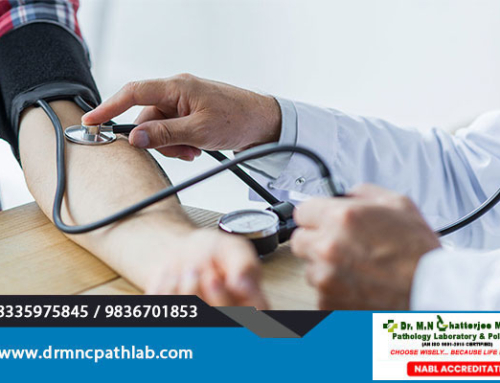If you feel the symptoms of heart disease, you should go for a number of medical tests. We will briefly discuss some of them here.
Angiogram
Coronary Angiogram
During or after a heart attack or angina, the doctor may suggest a coronary angiogram. Cardiac catheterisation is another name of it. The doctor inserts a small tube called a catheter into an artery in your groin, arm or wrist. You will be given local anaesthetic before the procedure and so you will not feel anything. The doctor moves up the catheter inside the artery until it reaches the heart. He/she will inject a special dye into your coronary artery and takes an x-ray. The doctor can view where and how much your coronary arteries are narrowed with the help of this procedure. He/she can then decide the best treatment for you. You can go to a pathology lab in Hooghly for this procedure.
Coronary Computed Tomography Angiogram (CCTA)
The diagnosis of coronary artery disease is possible with the help of this procedure, which is a type of computed tomography (CT) scan. The doctor can view a 3-dimensional image of the heart chambers and coronary arteries supplying blood to the heart. The people who are experiencing unusual cardiac symptoms can go for this test.
Blood Tests
The body releases some substances in your blood when there is any damage in your heart muscle. The measurement of these substances is possible through blood tests and can also show the extent of your heart damage. The doctor suggests a particular blood test to one who suffers from a heart attack, which checks the troponin levels. The levels of blood fats like cholesterol and triglycerides and minerals are also visible in blood test results.
Blood Pressure Monitoring
You have to wear a blood pressure monitor for 24 hours in this test according to the instruction of the doctor. He/she can get accurate information about your blood pressure from the monitor.
Chest X-ray
The radiologist takes pictures of the heart, lungs and blood vessels, which are located inside your chest by using an x-ray. If there is heart failure, the doctor can understand from the reports of this test.
Echocardiogram (Heart Ultrasound)
This test is very common and it uses ultrasound to give a picture of your heart. The doctor can check whether there are problems in your heart’s valve and chambers. He/she can also find whether your heart is strongly pumping blood or not. When you undergo an echocardiogram before and after exercise, it can detect areas of the heart where there is reduced blood supply through the coronary arteries to the heart muscle.
Electrocardiogram (ECG)
The reading of the heart’s electrical impulses is possible through an ECG. In a medical laboratory in Uttarpara, the pathologist will place small sticky dots and wire leads on your chest, arms and legs. He/she will attach the leads to an ECG machine, which records the electrical impulses and prints them out on paper. This procedure is helpful for diagnosing a heart attack or arrhythmias (abnormal heart rhythms).
Besides the above ones, some other tests are also available for the diagnosis of heart disease.






